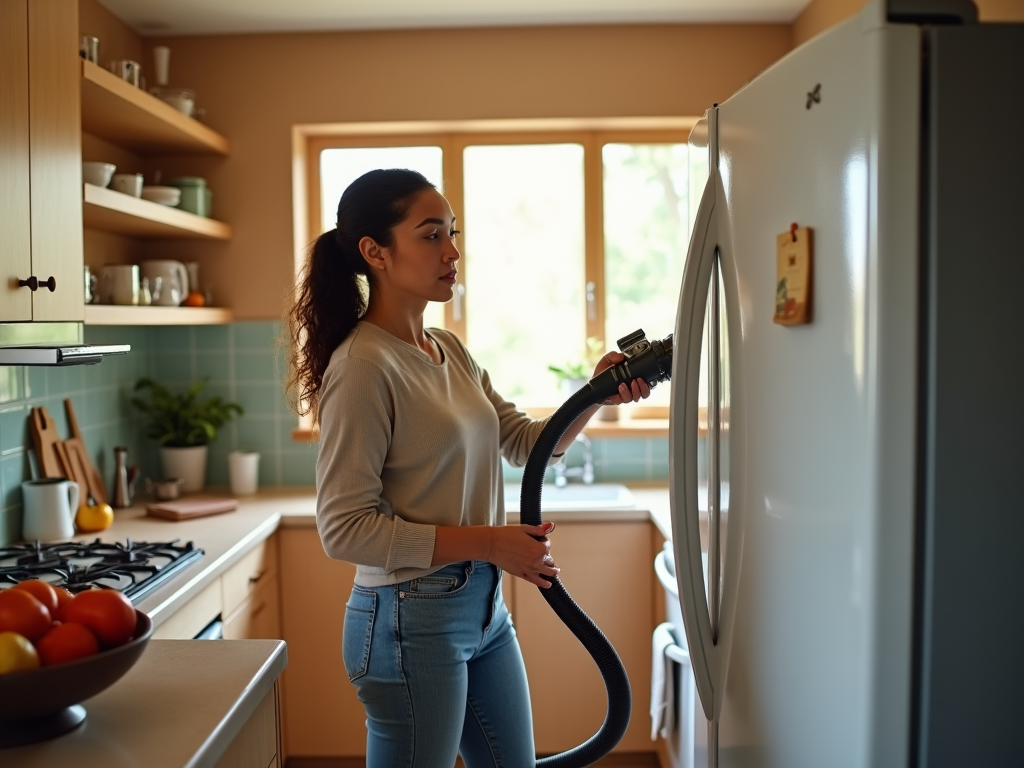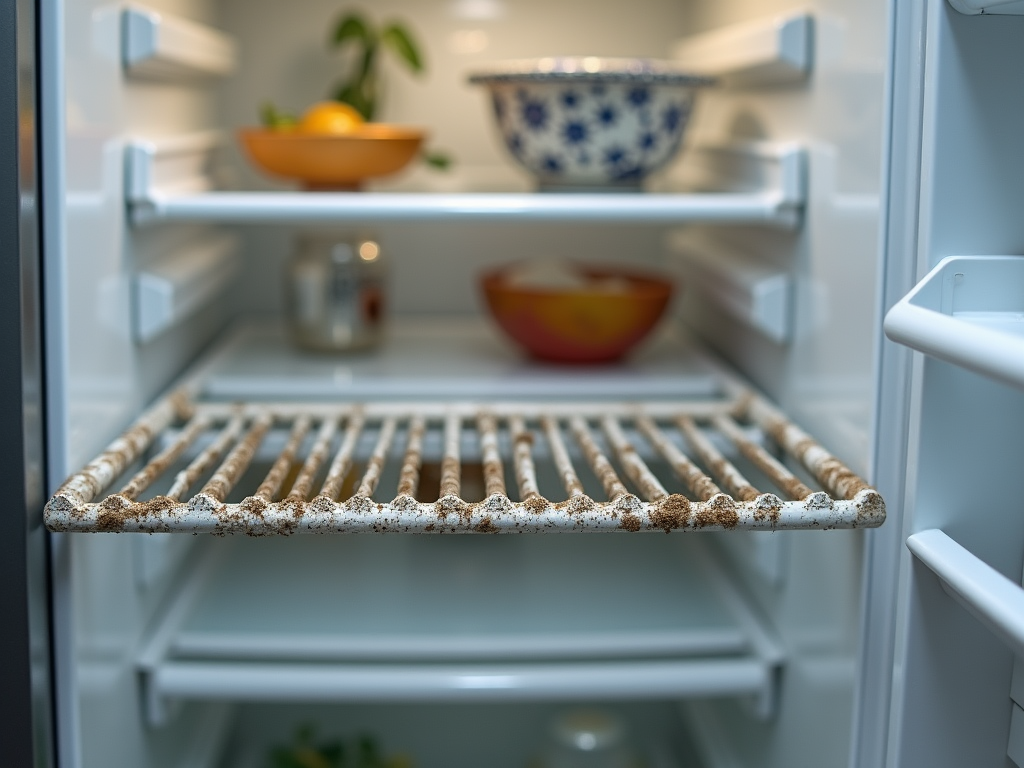Do You Really Need to Clean Your Fridge Coils?
When was the last time you considered the health of your refrigerator? In the hustle and bustle of daily life, household appliances often fade into the background. Yet, your fridge works tirelessly to keep your food fresh and safe. One of the critical components that impact its efficiency is the fridge coils. Surprisingly, many homeowners overlook these essential components, leading to a plethora of problems down the line. Understanding why and how to clean your fridge coils can significantly improve its functionality and extend its lifespan.
Fridge coils are designed to regulate the temperature inside the appliance while removing heat from it. However, like any mechanical component, these coils accumulate dust and debris over time. Ignoring this build-up can result in poor performance, a spike in energy costs, and in extreme cases, a breakdown of the refrigerator. Therefore, periodic cleaning should be an integral part of your appliance maintenance routine. In this article, we will explore the importance of keeping fridge coils clean, step-by-step cleaning instructions, and a maintenance timetable to ensure your fridge runs efficiently.
Understanding Fridge Coils

Fridge coils play an essential role in the efficient operation of your refrigerator. They essentially serve as the component that transfers heat out of the fridge to keep its interior cold. Located either at the back or the bottom of most refrigerators, these coils work in conjunction with the refrigeration cycle to maintain the desired temperatures. There are two main types of coils associated with refrigerators: the condenser coils and the evaporator coils, each contributing to the appliance’s overall functionality.
- Condenser Coils: Primarily located at the back or underneath the fridge, these coils expel heat accumulated during the cooling process.
- Evaporator Coils: Found inside the refrigerator, they play a crucial role by absorbing heat from the fridge’s interior, thus keeping it cold.
Why Cleaning Fridge Coils is Important

Maintaining the cleanliness of your fridge coils is crucial for several reasons, including efficiency and longevity. A build-up of dust and grime can impair the coils’ ability to dissipate heat, leading to decreased cooling performance. If the coils are not clean, your refrigerator has to work harder to maintain the desired temperature. This additional strain can lead to increased energy consumption, resulting in higher electricity bills.
Effects on Efficiency
Dirty coils can significantly diminish the efficiency of your refrigerator, making it operate less optimally. Over time, this not only affects the cooling capacity but can also lead to higher wear and tear on the appliance. The longer your fridge is forced to work in a suboptimal state, the sooner you can expect possible mechanical failures. In worst-case scenarios, you may find yourself dealing with costly repairs or a complete breakdown of the refrigerator—expenses that can easily have been avoided.
Prevention of Potential Issues
Regular cleaning of your fridge coils is a preventive measure that pays off in the long run. By staying proactive about maintenance, you can help prevent more severe issues like overheating which can lead to a complete system failure. Simply put, keeping your fridge coils clean ensures that your appliance operates efficiently and continues to function without interruption. This preventive care can save you both time and money, as it minimizes the risk of unexpected outages and repairs.
How to Clean Your Fridge Coils
Cleaning your fridge coils is not as complicated as it may seem. A few household items and a little bit of time are all it takes to ensure your refrigerator remains in peak condition. The cleaning process is straightforward, making it something you can accomplish yourself without the need for professional help.
Tools and Supplies You Will Need
Before you get started, gather the following tools and supplies:
- A coil cleaning brush
- A vacuum cleaner with a brush attachment
- Mild detergent and water
Step-by-Step Guide
Once you have your supplies ready, follow these steps to clean your fridge coils:
- Unplug Your Refrigerator: Safety first! Always ensure your fridge is unplugged before you start cleaning.
- Locate the Coils: Check the back or bottom of your fridge to find the coils.
- Remove Dust and Debris: Use a vacuum cleaner with the brush attachment to gently remove any visible dust and dirt.
- Deep Clean: If needed, apply a mild detergent mixed with water on stubborn areas, wipe gently, and ensure the coils are dry before plugging the fridge back in.
How Often Should You Clean Fridge Coils?
The frequency of cleaning your fridge coils can vary based on several factors such as your household environment and lifestyle.
For most households, a cleaning schedule of every six months is sufficient. However, those living in dustier environments or homes with pets may need to clean the coils more frequently, ideally every three months. Implementing a scheduled routine can help avoid the accumulation of dirt and prolong the efficiency of your fridge.
| Frequency | Recommended For |
|---|---|
| Every 3 Months | Homes with Pets, Dusty Environments |
| Every 6 Months | Most Households |
Conclusion
In conclusion, cleaning your fridge coils is not just a good practice; it is essential for the efficient operation and longevity of your refrigerator. By scheduling regular maintenance, you prevent energy inefficiencies and costly repairs, making it a worthwhile investment of your time. Take a proactive approach to home appliance care, and you’ll enjoy peace of mind knowing your refrigerator is operating at its best. So don’t put it off any longer—grab that vacuum and brush to keep your fridge running smoothly!
Frequently Asked Questions
- Do dirty fridge coils affect cooling? Yes, dirty coils can hinder the cooling process, leading to inefficient refrigerator performance.
- How often should I clean my fridge coils? It is generally recommended to clean them every six months, or every three months in dusty environments or if you have pets.
- Can I use water to clean the coils? Yes, but it is best to use mild detergent with water for a thorough cleaning, ensuring the coils are dry before plugging the fridge back in.
- Do I have to unplug the fridge to clean the coils? Yes, it’s recommended to unplug the fridge for safety before you start cleaning the coils.
- What tools do I need to clean fridge coils? A vacuum cleaner with a brush attachment and a coil cleaning brush are the primary tools needed, along with a mild detergent for deeper cleaning.
